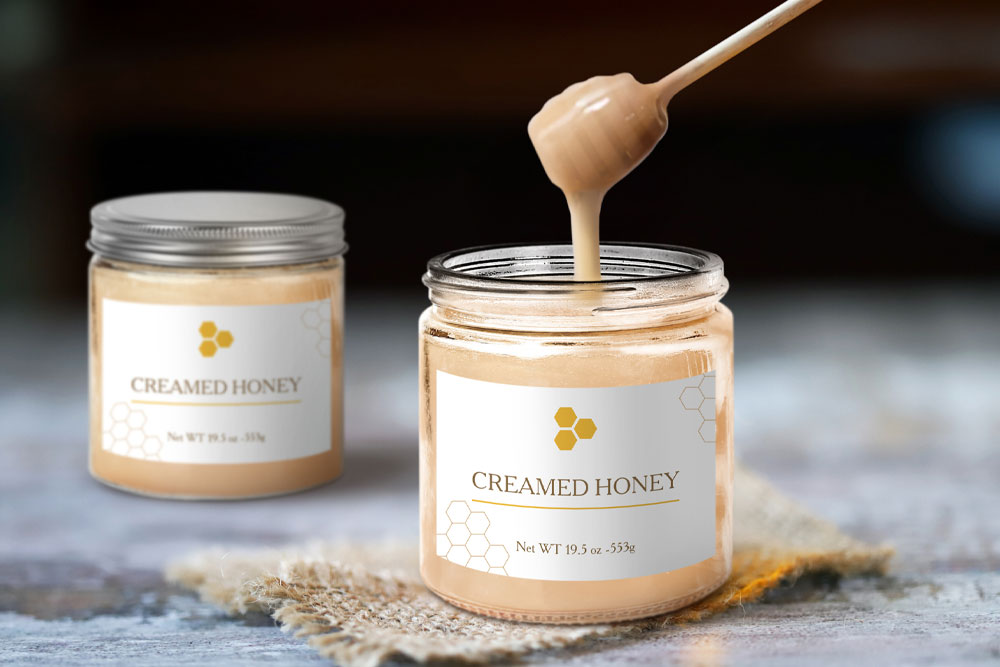Creamed honey—also called whipped, spun, or set honey—offers a smooth, spreadable texture that consumers love. But for honey manufacturers, it’s also a value-added product that boosts profit margins, expands product lines, and helps build a premium brand.
This guide covers everything manufacturers need to know to produce high-quality creamed honey at scale, including the process, equipment, additives, and ideal packaging.
What Is Creamed Honey? (Also Called Whipped or Spun Honey)
Creamed honey—also called whipped honey, spun honey, or set honey—is honey that has been intentionally crystallized to form a fine, smooth, and spreadable texture. Unlike raw crystallized honey, which can be coarse or gritty, creamed honey is controlled and consistent, ideal for spreading on toast or using in gourmet applications.
Why Add Creamed Honey to Your Product Line?
- Differentiates your brand with a premium product
- Reduces waste by turning crystallized honey into a saleable good
- Improves profit margins with a perceived higher value
- Encourages seasonal or flavored variations
Equipment You’ll Need to Make Creamed Honey at Scale
To produce consistent creamed honey batches, manufacturers should invest in:
- Honey processing tanks with temperature control
- Stirrers or paddles for agitation
- Thermometers for precise temperature monitoring
- Seed honey source (fine-crystal creamed honey to start the crystallization process)
- Clean, food-safe glass jars or containers for packaging
Creamed, Whipped, or Spun Honey Production: Step-by-Step Process
1. Select & Prepare Your Raw Honey
Start with filtered, raw honey. Heat gently (not over 120°F/49°C) to liquify and destroy existing large crystals.
2. Cool the Honey
Cool the honey to around 57°F–63°F (14°C–17°C)—the ideal temperature range for controlled crystallization.
3. Add Seed Honey
Mix in 5–10% of a smooth, pre-made creamed honey (your “seed”). This gives your batch a consistent fine crystal structure.
4. Stir and Rest
Thoroughly mix the seed honey into the raw honey using a slow stirrer to avoid air bubbles. Let the mixture rest at the controlled temperature for 5–7 days.
5. Package and Store
Once crystallization is complete, package the creamed honey into containers. Store in a cool place to retain texture and consistency.
Additives and Flavoring Ideas
Creamed honey can be flavored to create unique product variations. Consider:
- Cinnamon, vanilla, or cocoa powder (in small amounts)
- Freeze-dried fruit powders (e.g., raspberry or blueberry)
- Natural essential oils (e.g., orange or lemon—food-safe only)
Tip: Avoid ingredients with high moisture content, as they can cause fermentation.
Best Containers for Creamed Honey
Creamed honey should be packaged in airtight, food-safe containers that maintain shelf life, texture, and appearance.
Glass containers are ideal due to their:
- Non-reactive and BPA-free properties
- Premium look and feel
- Preservation of flavor and freshness
Recommended Container:
13 oz Calypso Wide Mouth Glass Jar (89mm Thread)
Perfect for creamed honey. Wide-mouth for easy spooning, made from 100% recycled glass, and compatible with standard closures.
Other Container Recommendations for Creamed Honey:
 | 8 oz Apothecary Glass Jar | SKU: 6145 | 8.0 oz (237ml) | Learn More |
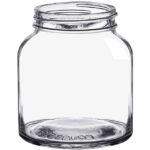 | 8 oz Apothecary Glass Jar 58mm Thread | SKU: 5145 | 8.0 oz (237ml) | Learn More |
 | 16 oz Calypso Wide Mouth Glass Jar 89mm Thread | SKU: 5192 | 16.0 oz (475ml) | Learn More |
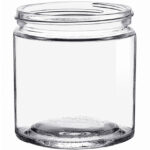 | 13 oz Calypso Wide Mouth Glass Jar 89mm Thread | SKU: 5193 | 13.0 oz (375ml) | Learn More |
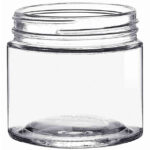 | 6 oz Calypso Glass Jar 70mm Thread | SKU: 5188 | 6.0 oz (178ml) | Learn More |
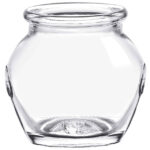 | 1.2 oz Honey Pot | SKU: 6108 | 1.2 oz (36ml) | Learn More |
 | 8.5 oz Glass Jar With Cork And Spoon | SKU: 6122-C | 8.5 oz (250ml) | Learn More |
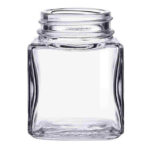 | 3.4 oz Square Glass Jar 43-400 Thread | SKU: 5156 | 3.4 oz (100ml) | Learn More |
Helpful Hints & Final Facts
- Shelf life: Creamed honey stored properly can last up to a year or more.
- No refrigeration needed: Store in cool, dry conditions.
- Label accordingly: Customers may not know what creamed honey is—highlight the texture and flavor.
- Use consistency as a differentiator: Smooth, uniform texture is a hallmark of quality creamed honey.
By mastering the creamed honey process and choosing the right packaging, you can expand your honey product line, maximize your harvest, and delight your customers with something truly special. Need help selecting the perfect glass jars for honey, glass bottles for honey, or closures? Reach out to our team at sales@glassnow.com or call 512.339.7808—we’re here to help.

